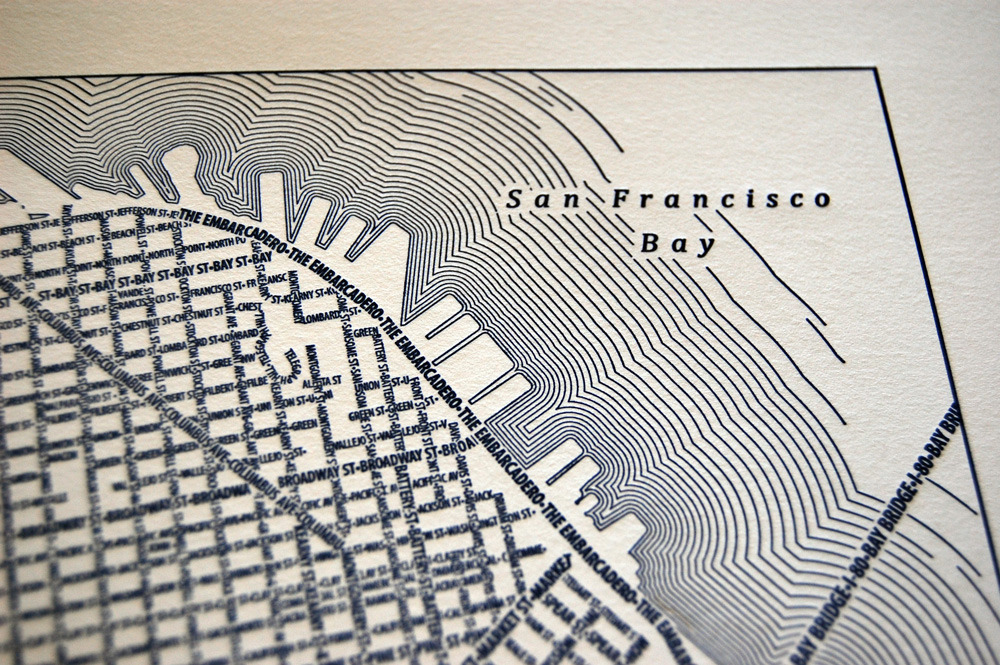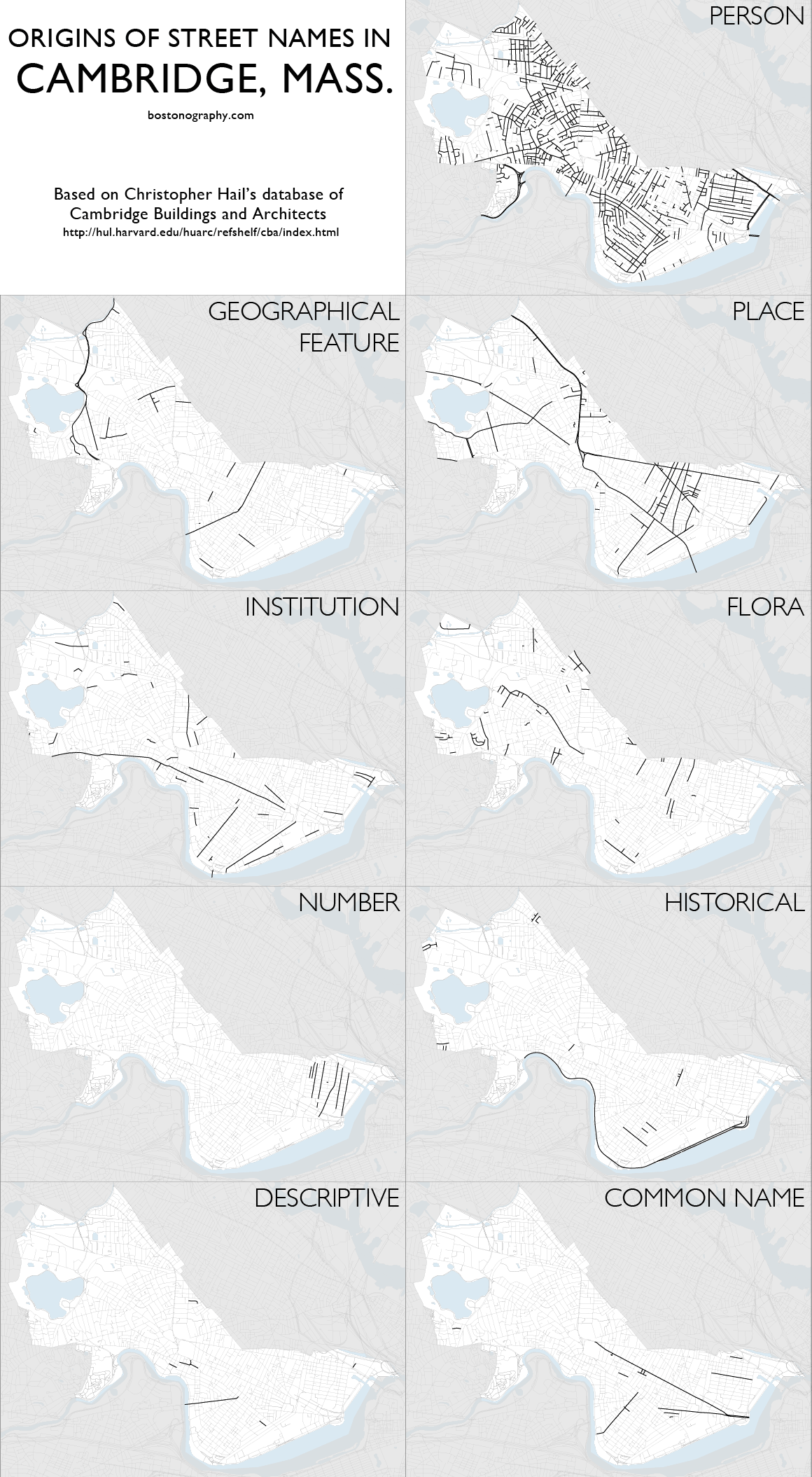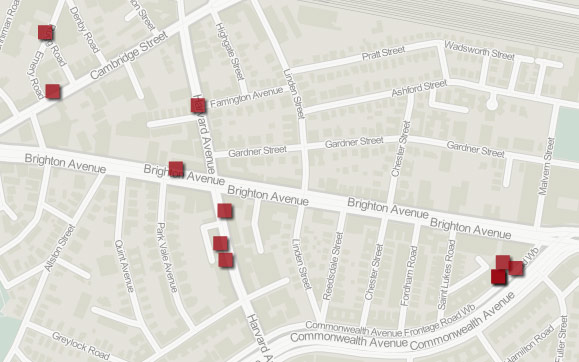"But hasn't everything already been mapped?"
In a recent post I remarked on the common reaction people have when I say that I'm a cartographer. In my experience people are usually mildly astounded and fascinated by this exotic profession (and just like that we are new best pals), and as the conversation progresses they ask if that means something like Google Maps. But sometimes it's the most dreaded, annoying question that every cartographer has heard: "hasn't everything already been mapped?"
There is of course a real answer to that question (perhaps it's something like, "everywhere, but not everything" or perhaps it's "there's actually this one spot in Idaho we haven't hit yet"), but it's more amusing to dwell on the things we cartographers hear from our new acquaintances than on what we say in reply. In that spirit, a week or two ago I posed the following on Twitter:
Survey time. Cartographers, fill in the blank based on your experience. Person: "What do you do?" You: "I'm a cartographer." Person: ______
It generated some excellent replies. If you're not a cartographer, when you meet one remember that these are things we've all heard. If you are a cartographer, please comment to share your experiences too!
Read more...



